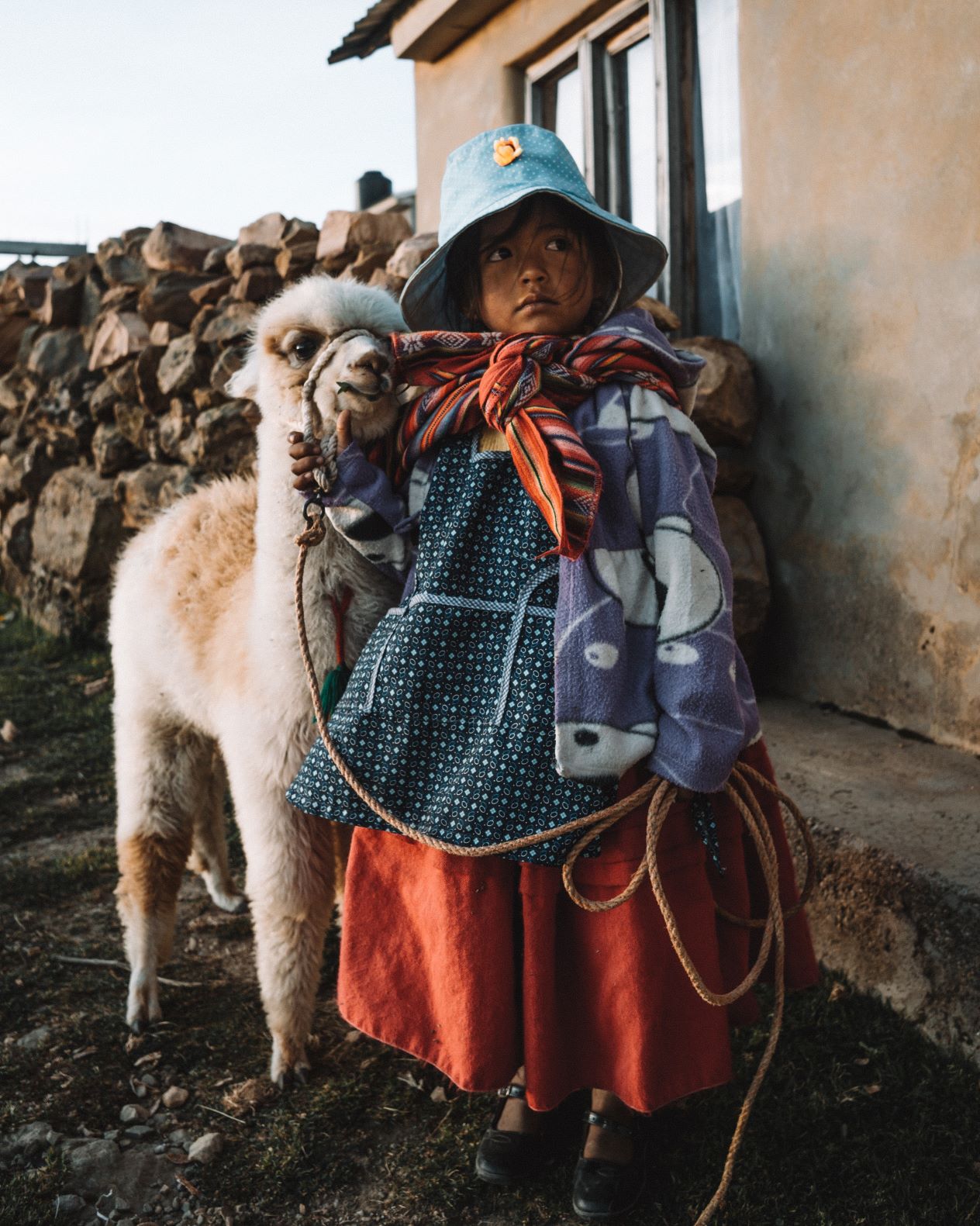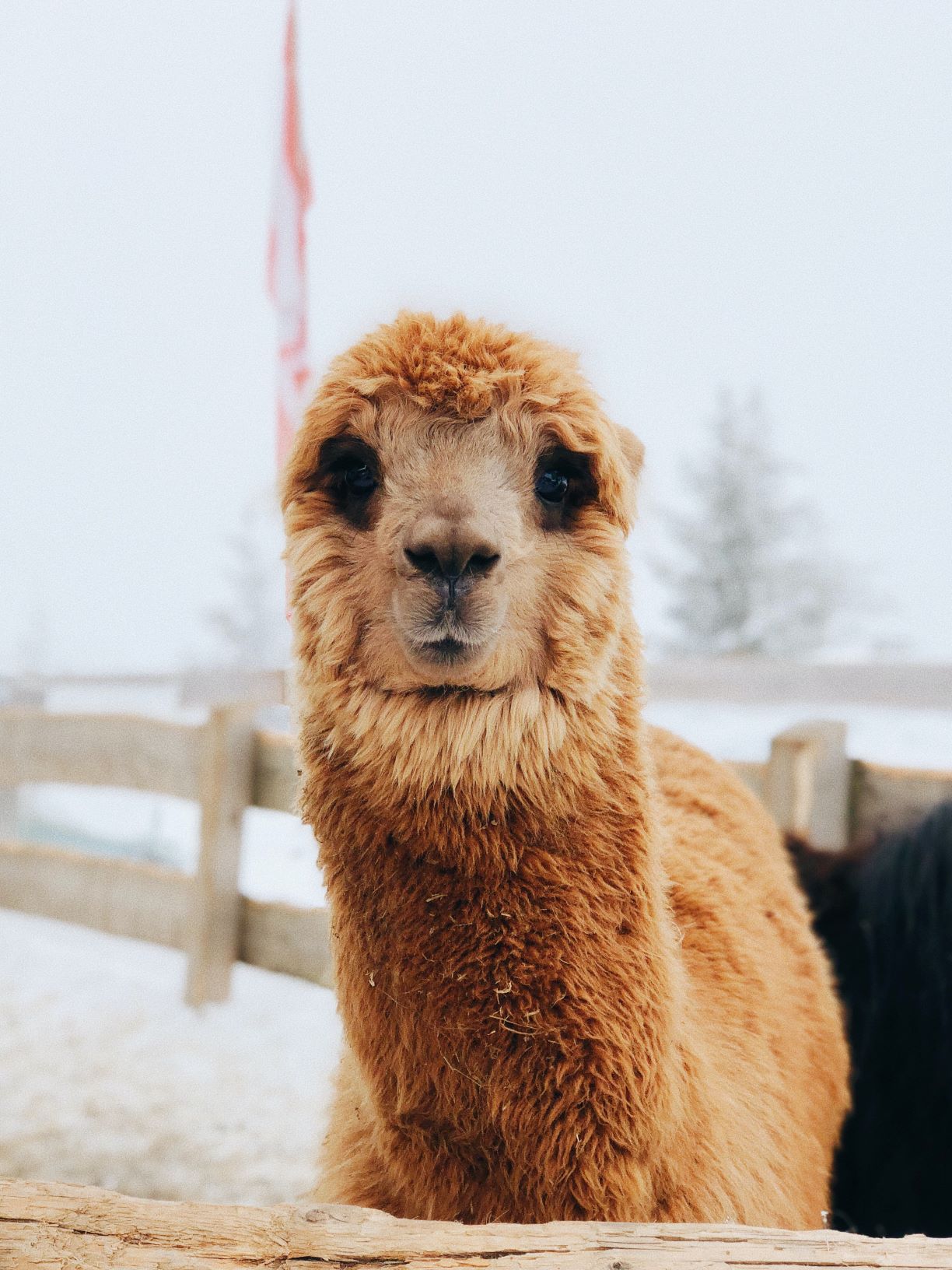The Tusked Sole
The tusked sole is a herd animal that lives in the southern mountains of the Major Continent. In the summer months, they resemble humpless camels. In the winter, they grow long, shaggy coats to keep them warm. At two, the tusked sole also develops two tusks which it uses to defend itself from predators, such as wolves. Due to their tusks, soles cannot graze as other animals do, so they use their incredibly long tongues to grasp branches from the variety of shrubs and short trees which grow in their mountainous home.
Relationship with the Pelan
Because the animals lived in matriarchal herds which roamed from place to place with changes in weather, the Pelan considered them animal-kin and sacred. Early Pelan domesticated the soles for use as beasts of burden and for their winter coats. Though the soles shed on a regular basis, the Pelan realized they could more efficiently harvest the wool if they sheared it in sheets during the summer months, which also benefited the animals in the heat.
Though the Pelan used the sole to ride and carry their things, they were considered and treated as family. Pelan tradition teaches that a person cares for his sole before himself, making sure that it is fed, watered, and well. When traveling the Pelan were more likely to stop for a sick or injured sole than a person, and there are many stories of Pelan travelers giving their lives to spare the soles they traveled with. Pelan tribes also trusted the soles' natural instincts to find food. Rather than traveling in a specific direction, they often allowed their animals to lead them to a new hunting ground.
The Ivory Wars
Though the Pelan valued the soles most for their wool, they were also known to sometimes make sure of sole ivory, though they only cut the tusks off of soles that had died of natural causes. The ivory was then used for trade with other peoples. Unfortunately, this led to others hunting the soles for their tusks. The Pelan avidly defended the animals and many bloody battles were fought against sole hunters. This conflict ended with the Pelan traveling north, though it is not clear if they were driven out or left with their soles in an attempt to save the animals.







Comments